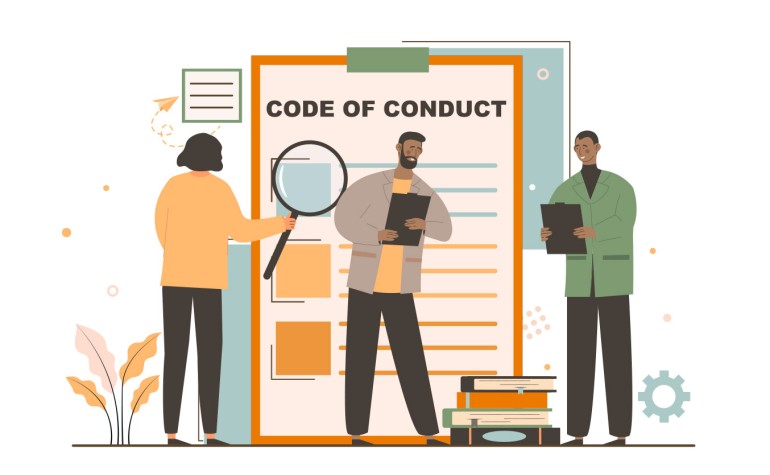Practical Professionalism: Following Professional Judgment as a Reserving Actuary

We are back again this year with our Practical Professionalism series, where we use an example to discuss what professionalism means to actuarial candidates. The primary areas of focus are the Code of Professional Ethics for Candidates and the CAS Code of Professional Conduct that applies to CAS members, along with the Actuarial Standards of Practice (ASOPs) that an actuary must follow (or similar if practicing outside the U.S.). In this article we’ll be discussing ASOP 43.
ASOP 43: Property/Casualty Unpaid Claim Estimates is a reading listed in both the Exam 5 and Exam 6 Spring 2024 Content Outlines. You can view the entire ASOP 43 at actuarialstandardsboard.org or via the links in the Exam 5 and Exam 6 Content Outlines on casact.org.
Overview of ASOP 43
The ASOP itself is 10 pages long and has three appendices that provide additional context and information. There are four sections in the ASOP:
- Section 1 gives background information.
- Section 2 defines different words and phrases used throughout the ASOP.
- Section 3 is the bulk of the ASOP; it includes all recommendations and requirements for actuaries when developing a property/casualty unpaid claim estimate.
- Section 4 addresses how to communicate the estimate appropriately and fully.
Why was it created?
The purpose of ASOP 43 was to provide guidance for actuaries who are calculating unpaid claim amounts for property/casualty lines. It was written by the ASB Casualty Committee’s Subcommittee on Reserving because the Actuarial Standards Board (ASB) saw a need for more guidance between their ASOP 36 on Property/Casualty Statements of Actuarial Opinion and the CAS Statement of Principles on P&C Loss and LAE reserving. It became effective in 2007 and was the sixth of the 10 current ASOPs classified as casualty-specific on the ASB website.
A common theme in ASOP No. 43 is that actuaries must use professional judgment when performing an unpaid claims estimate analysis. Two examples of this follow.
Example 1: An actuary doesn’t follow their professional judgment because of time constraints.
Suppose an actuary believes that a Berquist-Sherman adjustment would improve the reserve estimate for a specific line of business after getting more information from the claims team. If the actuary chooses not to do the adjustment and include it in the exhibits because of a tight deadline, and the actuary also does not tell the principal (the actuary’s client or employer) about this limitation of their analysis, it could potentially be viewed as a violation of ASOP 43. According to the ASOP, the actuary is expected to 1) consider all appropriate methods and 2) inform the principal that they think a deeper analysis could have a significantly different estimate.
Example 2: An actuary doesn’t follow their professional judgment when making a trend assumption in their analysis.
An actuary has been using 10 years of data for the trend assumption in several previous analyses, and the actual versus expected results have shown that this was a reasonable assumption. However, when the current full analysis of the unpaid claims estimate is complete, the actuary notices that the final estimate is higher than what the principal is expecting. To lower the estimate slightly, the actuary decides to change the trend assumption and use 15 years of data instead of 10, even though this goes against her professional judgment. This could be seen as a breach of ASOP 43 because the assumption was intentionally altered to understate the final unpaid claims estimate, as well as a breach of the Code of Professional Conduct Precept 1: Honesty, Integrity and Competence.
In summary
This ASOP may seem obvious to many, but it was needed to eliminate any confusion about what is expected when an actuary performs an unpaid claims estimate analysis. If at any point actuaries ignore their own professional judgments, like in the cases above, they most likely are not complying with ASOP 43.

